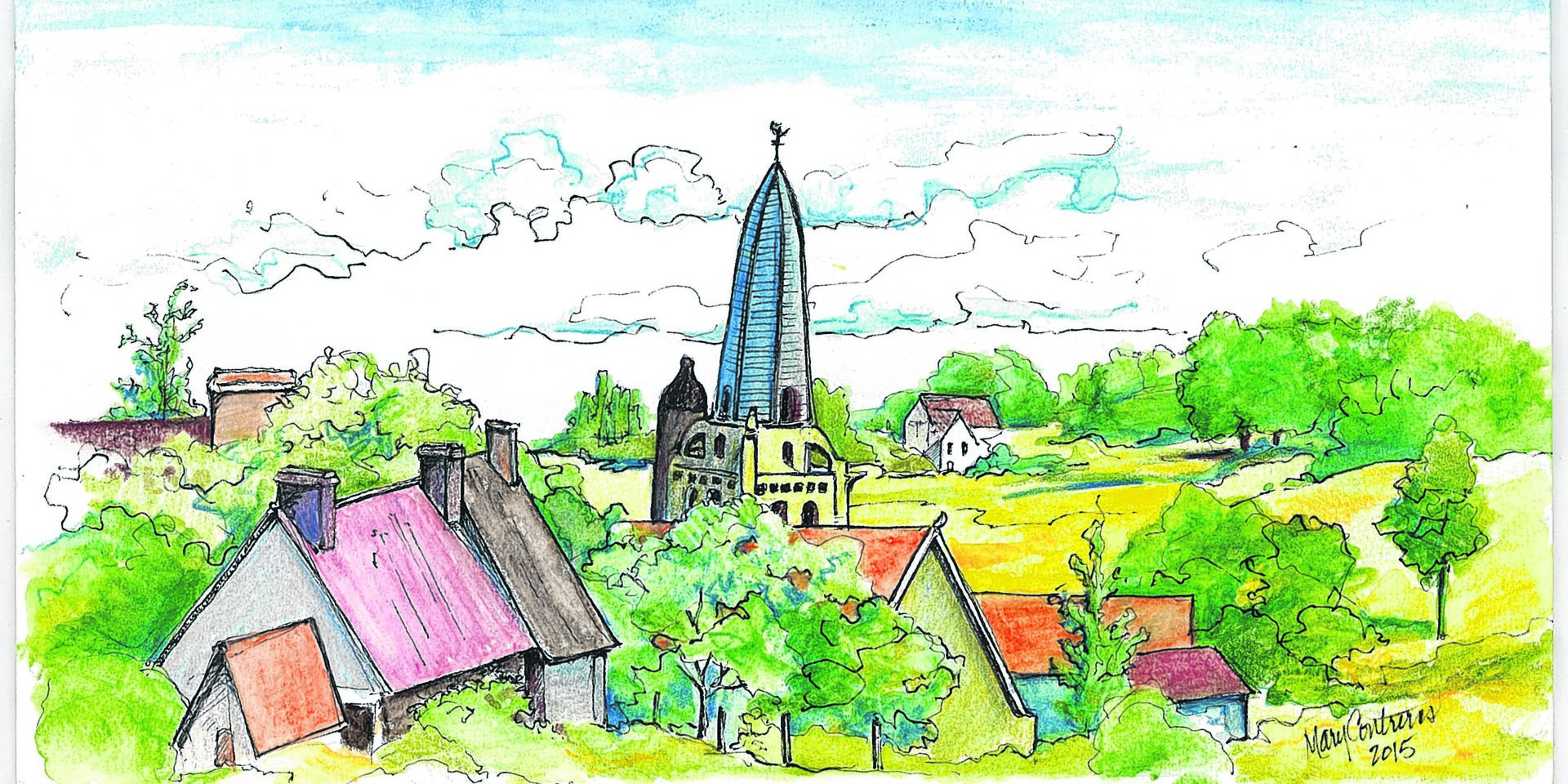
By Deborah Hilcove
Daughter, wife, mother. Engineer, entrepreneur, artist. Mary Contreras, owner of Tempe-based Contreras State Farm Agency, grew up on a South Dakota ranch, attended college, graduated with degrees in engineering and commercial art.
After 15 successful years in aerospace engineering, she wanted something different. Her sister suggested State Farm. Contreras qualified as an agent in 1994 and opened her own agency in 2003. She has “found the perfect career,” she says, because her passion is serving others, through community service and her business.
Both fields have recognized her achievements. In 2013, Phoenix Business Journal named Contreras one of the year’s Top 25 Women. Current endeavors include projects with the Phoenix Art Museum and Sleep America. She is an active member of both Tempe and Chandler chambers of commerce, directing the Chandler Chamber of Commerce Foundation. She has just been named to the “Go Red for Women” executive committee, a movement of the American Heart Association.
State Farm has recognized Contreras as an outstanding agent, awarding trips to exotic locations like Uganda and Nepal. Recently, she and her husband, Gary, returned from Paris, extending their trip with a visit to the Loire Valley.
Quickly pulling up photos on her computer, she pointed out the château where they stayed. “During the 15th century until the French Revolution, royalty built huge palaces in the Loire region. The French king’s castle was right here; we stayed almost next door. There are castles all around. The nobility wanted to live as close as possible to the king. It meant power and prestige.”
Turning from the computer, she showed several sketches, explaining:
“Everywhere I travel, I sketch. As a plein-air artist, I work outdoors, very quickly, trying to capture a view with pen and ink. I have a photographic memory,” she said, “so I go back later and color them in.”
“We visited the 16th century village of Crissay-sur-Manse, just south of the Loire River. It’s called one of the most beautiful villages of France, with cobblestone streets, white limestone houses. We toured the Renaissance chapel of St. Maurice.”
She held a finely detailed, colorful sketch of a small village church with various roof lines, a square tower and a slender stone spire.
Contreras continued:
“There is a Rafael [painting], an original, in the church. And here’s the town. Art everywhere. We had ice cream—pistachio ice cream. The lady scooped it, arranging it like petals of a flower.”
“We also toured the Château de Chenonceau, a castle belonging to King Henry II, who gave it to his mistress. When the king died, his wife—Catherine de Medici—claimed the castle and re-landscaped the grounds, creating geometric gardens. It’s right on the River Cher. The moat surrounds the last bit of the original medieval building.
“We had access everywhere, even the stables and nearly every room of the entire castle. Each room had flower arrangements, huge arrangements—as wide as your outspread arms—arrangements of mosses and sedge and phlox.
“Just beautiful.”

